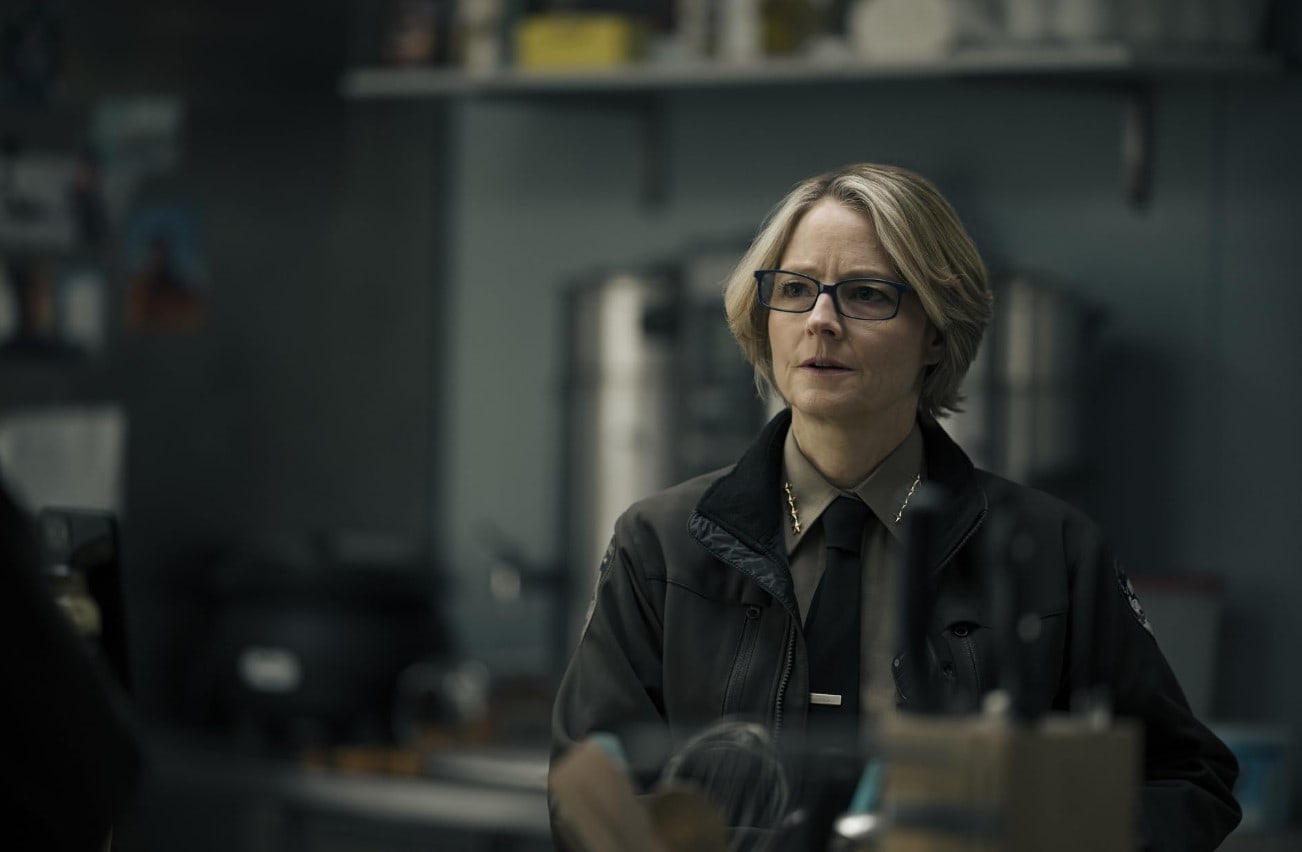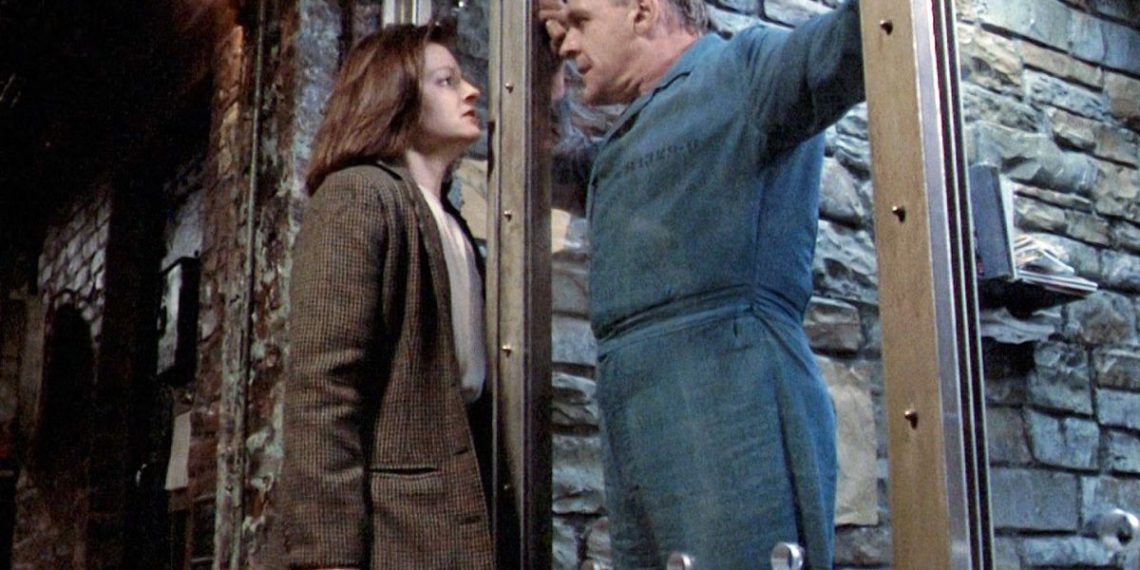True Detective Season 2 took chances following an almost unanimously positive debut season. The season had a fantastic cast but a weak plot because these chances didn’t really pay off.
Following a lackluster reception from viewers, Season 3 saw a return to the show’s original formula: two investigators who, in spite of their disagreements, develop a close connection and a lot of backtracking between timelines.
This time, Season 3 alternates between 1980, 1990, and 2015 rather than back and forth between two time periods as Season 1 did. Detectives Roland and Hayes look into a young boy’s death and his sister’s disappearance in 1980.
The case is revived after the girl, who was thought to be dead, is discovered to be alive ten years later. In 2015, an aging Hayes afflicted with dementia is fervently seeking an outcome to the case he never solved.
How Season 3 of ‘True Detective’ Aided in the Program’s Rebound Following Season 2?
Most people agree that while Season 3 fell short of the first season, it was still a significant improvement over Season 2. Season 3 was perceived by many as a lesser sequel to Season 1, with the climax being deemed much inferior.

Nonetheless, Mahershala Ali’s portrayal of Hayes was never criticized; instead, his outstanding performance drew acclaim from all quarters and multiple nominations for awards. We’ll agree that despite its many positive aspects, Season 3 wasn’t without its problems.
Indeed, if you ponder the storyline for too long, you can find it all to be incredibly ridiculous, especially in light of the resolution’s solutions.
No, the solution isn’t some elaborate plot or another pedophilic cult; rather, it’s just a story of odd individuals and even odder coincidences.
Mahershala Ali’s outstanding portrayal of Hayes at three distinct life stages, separated by decades, is the show’s greatest asset. Ali, like Matthew McConaughey, makes a comeback to True Detective after receiving an Oscar for his role.
However, what distinguishes Season 3 from Season 1 in terms of tone and plot is also its second-greatest feature. Among other things, True Detective Season 3 tells a ghost story, and this is the aspect that functions the best throughout.
A dementia-stricken elderly Hayes from 1980 is plagued by memories of his life in 2015, which is closely connected to the case of the missing Purcell children. He met his wife, Amelia, as a result of his years-long inquiry into this case.

The spectral beings connected to the case begin long before the kids vanish. Detectives are unable to connect the description of a one-eyed Black man and a white woman meeting the youngsters in the forest to any known individuals.
The Purcell boy’s body was discovered in 1980 but the girl, Julie, seems to have vanished out of sight.
A young woman can be seen moving quickly down an aisle in the store’s security camera, her ghostly look heightened by the grainy black-and-white image. Given that almost everyone else involved in the case has died, Julie’s continued existence feels improbable.





